43 mph wind gust at 3:53 PM Sunday.
24 F. average high on February 7.
37 F. high on February7,2015.
3" snow on the ground at KSTC.
February 8, 1996: Showers and thunderstorms bring a mix of freezing rain and rain across the eastern portion of Minnesota. In Edina, lightning damaged a house.
February 8, 1933: Arctic air remains entrenched across Minnesota with a morning low of -55 at Warroad.
Feeling Moody? Blame It On The Weather
The coldest nation on Earth? Russia, followed by Canada, Mongolia, Finland and Iceland. The USA gets an honorable mention.
According to Random History.com the cold, dark days of midwinter can put additional stress on relationships. Between the end of the holidays and Valentine's Day couples are more than twice as likely to split up. Why? Holidays are stressful (no kidding) and lower energy levels during cold weather makes people moodier.
I'm trying to hold my tongue because this will be one of the 2 or 3 coldest weeks of winter. Highs only reach single digits and teens into the weekend; at least 3 nights below zero. Not even close to record-setting, but cold enough for anyone with a pulse.
One upside: our coldest days tend to be sunny. Our lakes are too small to spark lake-effect clouds and snow, with the exception of Superior.
By my calculations we've picked up an additional 78 minutes of daylight since December 21; increasing at the rate of 2-3 minutes a day.
Long range models show 20s returning next week; a shot at 40F again in less than 2 weeks. This too shall pass.
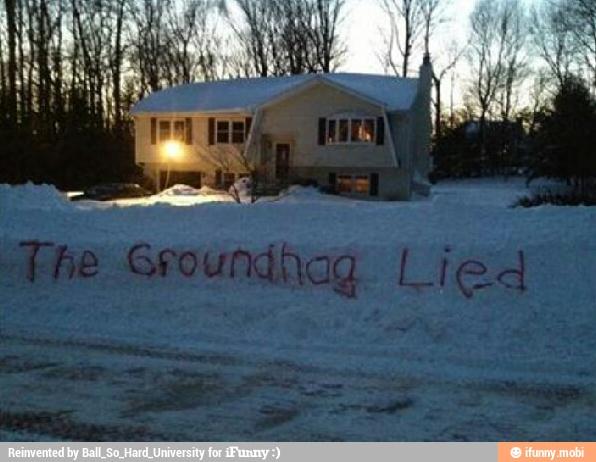

Noticeable Chill in the Air. Models are in tight alignment, showing the lowest wind chill Wednesday morning, as cold as -18 to -26F. Parka weather into Saturday, then a slow climb back to average next week. Source: Aeris Enterprise.
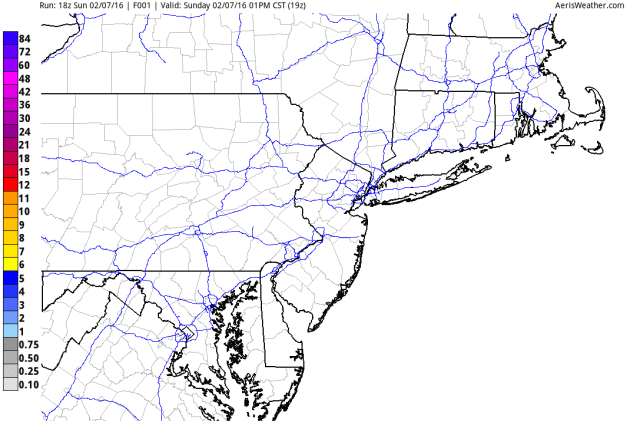
How Melting Arctic Ice May Have Set Off Era of Vicious East Coast Snow Storms. Jason Samenow connects the dots at Capital Weather Gang; here's a clip: "...Cohen, who works at Atmospheric and Environmental Research, Inc., has developed and published research that support a connection between declining Arctic ice and more severe East Coast storms. Cohen says the melting ice, which peaks in the early fall, sets off a chain reaction that establishes “a great atmospheric background for a blockbuster snowstorm” by winter. Here’s how it works…When sea ice melts, Cohen says, cold winds blowing over open waters in the Arctic pick up moisture which gets deposited as snow over Eurasia in October. The process is similar to how lake effect snow forms in the Great Lakes...."
Image credit: "2015 September Arctic sea extent compared to 1981-2000 average portrayed by yellow line." (NASA).
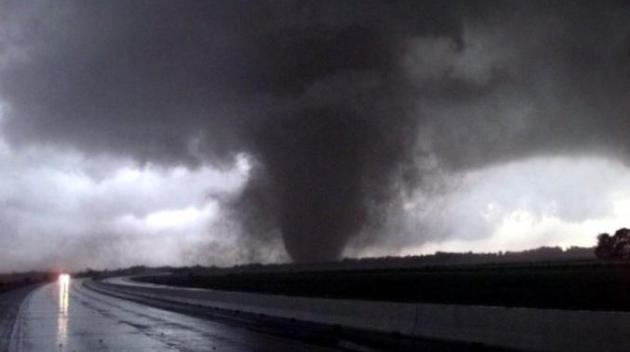
The Southwest May Have Entered a "Drier Climate State". Here's an excerpt from Climate Central: "...We see a very intense trend in the Southwest,” Andreas Prein, a postdoctoral researcher at the National Center for Atmospheric Research, said. “The Southwest might already have drifted into a drier climate state.” Prein, who led the research published on Thursday in Geophysical Research Letters, looked at weather patterns rather than average trends in precipitation. The team identified 12 major patterns, only three of which are favorable for rain in the Southwest. In an ominous finding for the region, they found that over the past 30 years, those three rainy patterns are becoming less frequent and the rains and mountain snow that come with them are drying up..."
Map credit above: "Precipitation across the U.S. that can be attributed to these changes in weather patterns. The gray dots show areas where the results are statistically significant." Credit: Andreas Prein.
Cover Crops, a Farming Revolution With Deep Roots in the Past. Not only does in help to sequester carbon in the soil, it can make fields more resilient to drought and flood. Here's an excerpt from The New York Times: "...But Doug didn’t become a believer until 2013, when the family was grappling with a terrible drought. “In the part of a field where we had planted cover crops, we were getting 20 to 25 bushels of corn more per acre than in places where no cover crops had been planted,” he said. “That showed me it made financial sense to do this.” Now some 13,000 of the 20,000 acres that the family farms across nine counties are planted with cover crops after harvesting, and farmers around them are beginning to embrace the practice..."
Photo credit above: "Dan DeSutter, in a field of dried-up daikon radish, sunflower, turnip and hairy vetch, has been experimenting with cover crops for 15 years." Credit David Kasnic for The New York Times.

TODAY: Flurries taper, cold wind, feels like -5F. Winds: NW 15-30. High: 17
MONDAY NIGHT: Partly cloudy. Low: 4
TUESDAY: Partly sunny, feels like -10F. Winds: NW 10-20. High: 13
WEDNESDAY: Some sun, winds ease. Winds: NW 7-12. Wake-up: -7. High: 7
THURSDAY: Blue sky, light winds. No bugs. Winds: W 3-8. Wake-up: -8. High: 9
FRIDAY: Next clipper arrives, few flurries. Winds: N 10-20. Wake-up: 5. High: 12
SATURDAY: Lot's of sun, feels like -10F. Winds: SE 7-12. Wake-up: -8. High: 10
SUNDAY: Chance of light snow. Winds: SE 10-15. Wake-up: 7. High: near 20 (late)
Climate Stories...
Climate Talk in Alexandia. I
want to thank Reverend John Riggle and some very dedicated volunteers
for arranging a presentation to local pastors and a public talk in the
Alexandria area on Saturday. I had a chance to review meteorological and
climate trends, and talk about faith, stewardship and Creation Care.
Photo above courtesy of the Alexandria Echo Press, which has details here.
Greetings from Alexandria.
I had enough time to see Big Ole and take a quick tour of the
Kensington Rune Stone, which dates back to 1362. Yes, there's compelling
evidence that the Vikings were here long before Christopher Columbus
got close, and yet professional skeptics remain. Sound familiar?

T-Shirt Weather in the Arctic. The changes are happening even faster at more northerly latitude; here's an excerpt of an Op-Ed at The New York Times: "...Thunderstorms
also raged over our camp. These storms used to be rare in the Arctic,
but they strike often now. Lightning has set fire to the tundra,
releasing into the atmosphere huge stores of ancient carbon from the
permafrost. Sinkholes are also opening up in the thawing tundra. Walk up
to one, and you will hear the trickle and clatter as heat dissolves
permafrost into cascades of ice age mud and stones. We are only just
beginning to understand these changes. Ecosystems involve a complex web
of connections among species and the physical environment. Climate
change alters these connections in ways that can surprise and baffle us..."
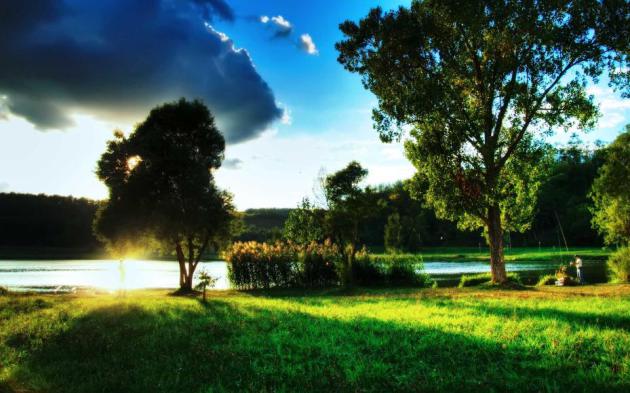
Some Trees May Slow Climate Change Better Than Others. Who knew? Here's the intro to a story at AOL.com: "Planting
trees to help fight climate-change works, right? Well, according to a
new study that's not always the case. It turns out that conifer trees,
like evergreens, may actually cause temperature increases where they've
taken root in place of broad-leafed trees. For example, look at Europe
where the study was focused..."
What You Get When You Mix Chickens, China and Climate Change. Is a warming planet accelerating the spread of infectious diseases? Here's an excerpt from The New York Times: "...Nobody
knows just how this virus migrated over the oceans protecting the New
World. But it’s possible that another consequence of human appetites —
climate change — played a role. While Asian and European birds don’t
migrate into North America, they can pass on viruses to birds that do.
That could happen in a place where millions of birds from both the Old
World and New World are instinctively drawn every spring: the Arctic
lands surrounding the Bering Strait, known as Beringia..." (Image credit: Jason Holley).
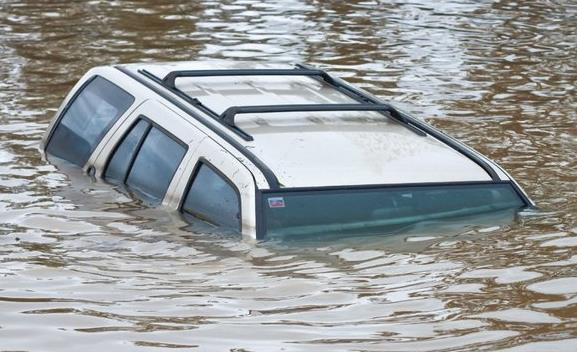
Climate Change Implicated in a Specific Extreme Weather Event. Severe
weather attribution is emerging science, but the link between warmer
air/oceans and an increase in flooding events is increasing. Here's an
excerpt from National Geographic: "...In an article
published in Nature Climate Change, the team said that their climate
model simulations showed that anthropogenic warming not only increased
the amount of moisture the atmosphere can hold but also caused a small
but significant increase in the number of January days with westerly
flow, both of which increased extreme precipitation. The authors
explained that climate change “amplified” the violent storms that led to the area’s wettest January in more than a century and that it has likely increased
the number of properties at risk and raised the costs of a flooding
event. Based on more than 130,000 simulations of what the weather would
have been like with and without human influence on the climate, the
study finds that man-made greenhouse gas emissions have raised the
possibility of extreme flooding by 43 percent..."
Did ExxonMobile Lie to Investors About Climate Change? Here's an excerpt from an article at The Nation: "...Telling
the truth is not only crucial; it’s the law. American firms must
regularly disclose to investors and the public all material risks that
could affect corporate operations and profitability. That will be a
challenging if not self-defeating exercise for fossil-fuel companies in
the post-Paris era. Telling the truth about Paris only figures to
further spook already-nervous investors. “There’s now a very clear
message that fossil-fuel use must be quickly and dramatically reduced,”
said an official involved with Schneiderman’s investigation. “Companies
must acknowledge that. If they disagree, they need to state why and
explain in clear, practical terms what the implementation of the Paris
Agreement means for their business and its future...”
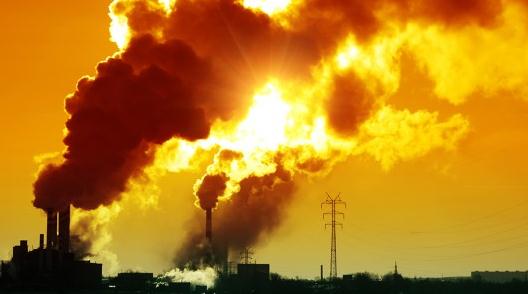
Deniers Sweating Over Senate Shaming. Here's a clip from The Daily Kos: "...Senators
Sheldon Whitehouse (D-RI), Ed Markey (D-MA) and Brian Schatz (D-HI)
have introduced an amendment to the energy bill that scolds merchants
of doubt and the companies that fund them. The amendment wouldn't
actually do anything. It's a "sense of the Senate," which means the
amendment just serves to express an opinion to get Congress on record as
supporting or opposing an issue. The amendment calls out the tobacco,
lead and fossil fuel companies for knowing the peer-reviewed science of
their products and employing "a sophisticated and deceitful campaign
that included funding think thanks to deny, counter, and obstruct (the
science)...to mislead the public and cast doubt in order to protect
their financial interest..."
File image: Shutterstock.
No comments:
Post a Comment